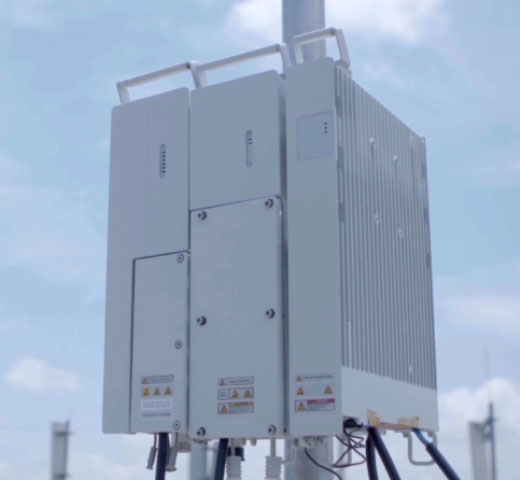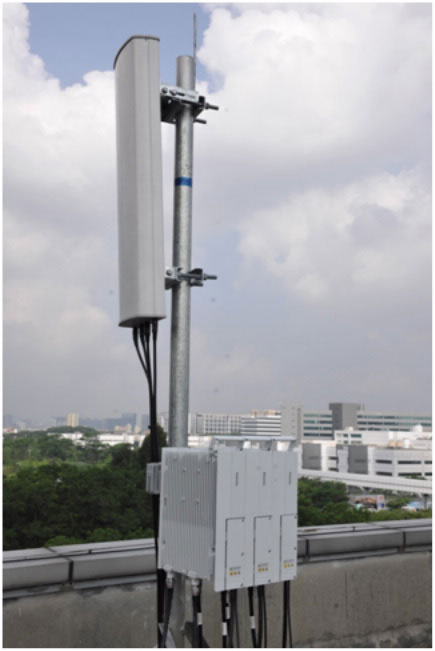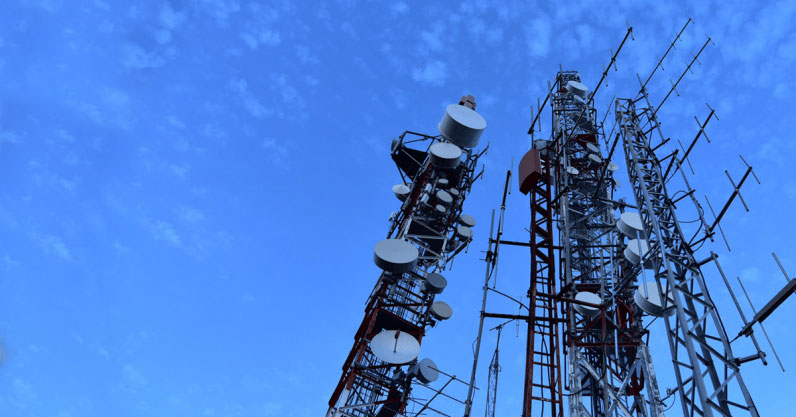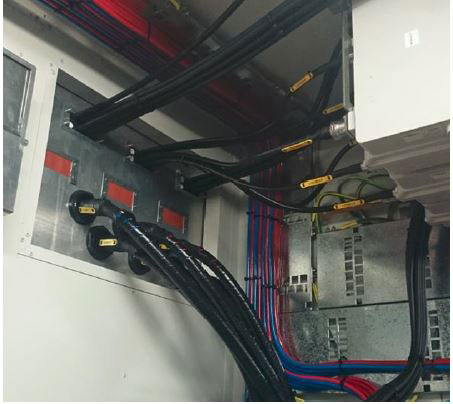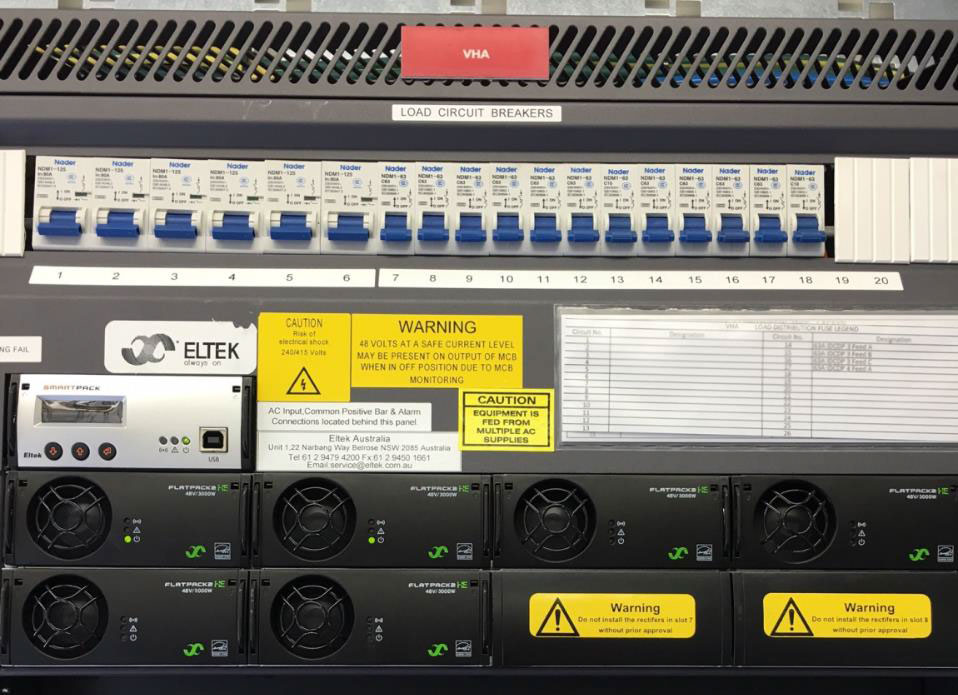RRU installation instruction in EJV Telco sites
 Every installation scenario must be assessed individually with special consideration in mind of ongoing maintenance of hardware from an operations perspective. Any RRU installations which will have an operations impact should be specifically approved as part of the site design. Where the high band is in cabinet/shelter already, designer should relocate to RRUs in line with the RF Design Guidelines. Any pre-existing RRUs on sites must be retained and comply with approved reference designs. The node owner will be responsible for supplying the RRU equipment as part of the base station equipment.
Every installation scenario must be assessed individually with special consideration in mind of ongoing maintenance of hardware from an operations perspective. Any RRU installations which will have an operations impact should be specifically approved as part of the site design. Where the high band is in cabinet/shelter already, designer should relocate to RRUs in line with the RF Design Guidelines. Any pre-existing RRUs on sites must be retained and comply with approved reference designs. The node owner will be responsible for supplying the RRU equipment as part of the base station equipment.
The lead operator will provide the hybrid trunk cable fibre optic & power cables for the RRU. This includes any breakout boxes to allow the RRU cables to be connected to the trunk cable.
The installation of the RRU can be undertaken in a number of different ways
a) By the lead operator as part of the RFE build activities. This is strongly recommended in situations where access to the structure is restricted during normal operations. In this case the non-lead is responsible to provide the RRUs to the lead operator at the time of RFE build
b) By the non-lead as part of the base station installation and commissioning activities. In this case the lead operator is required to install and test the trunk cable including termination of both the optical and dc cables. The non-lead will supply and install all cables required to connect the RRU to the trunk Cable.
c) As a combined base station installation activity. In this case the non-installing party is required to deliver the RRU to the installing party, with all installation cables being provided by the installing party.
The recommended maximum distances from the RRU to the antenna are specified in the eJV RF Design Guidelines document.
Refer to each operator’s Deployment Guidelines for detail on RRU deployment/installation.

